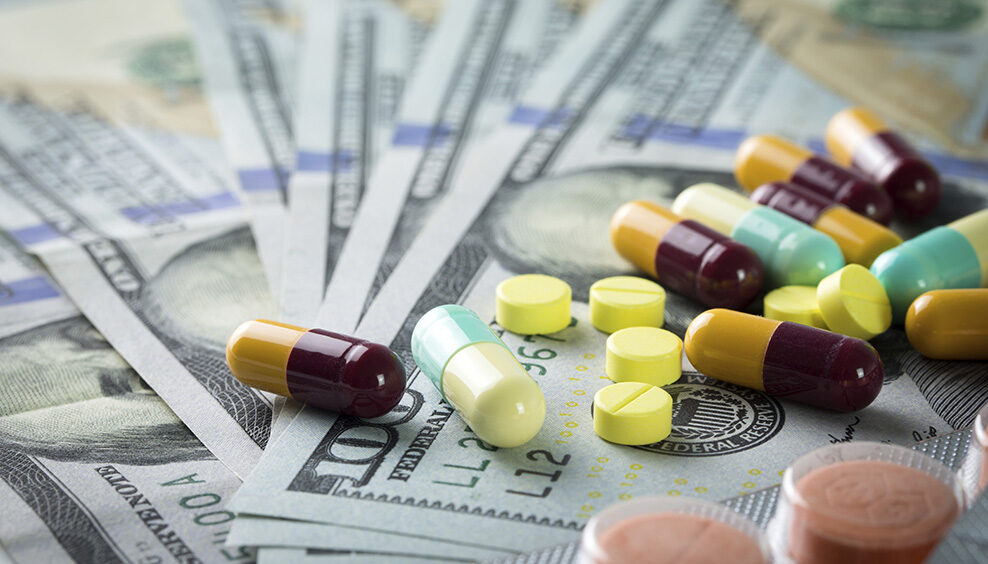© 2025 CSRXP- All Rights Reserved

NEW STUDY: BIG PHARMA PRICE-GOUGING MEDICATIONS FOR RARE DISEASES AT STAGGERING RATE
Sep 11, 2019
Orphan Drug Prices 25 Times More Expensive Than Traditional Drugs, AHIP Finds
Washington, D.C. – The Campaign for Sustainable Rx Pricing (CSRxP) issued a statement today following the release of a new report from America’s Health Insurance Plans (AHIP) that found Big Pharma manipulated The Orphan Drug Act in order to raise the prices of orphan drugs 26 times over in the last two decades. With an average price of $123,543, these drugs – which are used to treat some of the most rare and devastating diseases – are now a staggering 25 times more expensive than traditional drugs.
“This study is the latest evidence of how Big Pharma games the system to repeatedly hike prices and boost its bottom line at the expense of patients and taxpayers,” said CSRxP executive director Lauren Aronson. “The Orphan Drug Act was established to encourage drug makers to develop treatments for rare diseases and conditions that may have otherwise been bypassed. For Big Pharma to take advantage of this law to price-gouge these vulnerable patient groups is the latest evidence of why it’s so critical policymakers hold drug makers accountable.”
“Prescription drugs with no competition are often where we see the most egregious examples of Big Pharma’s price-gouging,” Aronson continued. “Lawmakers should take up and advance market-based solutions to address high launch prices and the price-gouging of orphan drugs.”
The study from AHIP, a member of CSRxP, found several additional key statistics on the rising prices of orphan drugs.
Additional Key Takeaways:
- 2,517 percent: From 1997 to 2017, the average annual orphan drug price rose from $7,136 to $186,758 or 2,517 percent.
- 25x: Orphan drugs are 25x more expensive than non-orphan drugs.
- >$10,000: Today, 88 percent of orphan drugs cost more than $10,000 per year per patient.
- 44 percent: The share of orphan drugs is growing among all new drugs coming online. The share of new drugs that are considered orphan drugs has increased from 10 percent to 44 percent over a 20-year window.
To read the full AHIP study, CLICK HERE.
